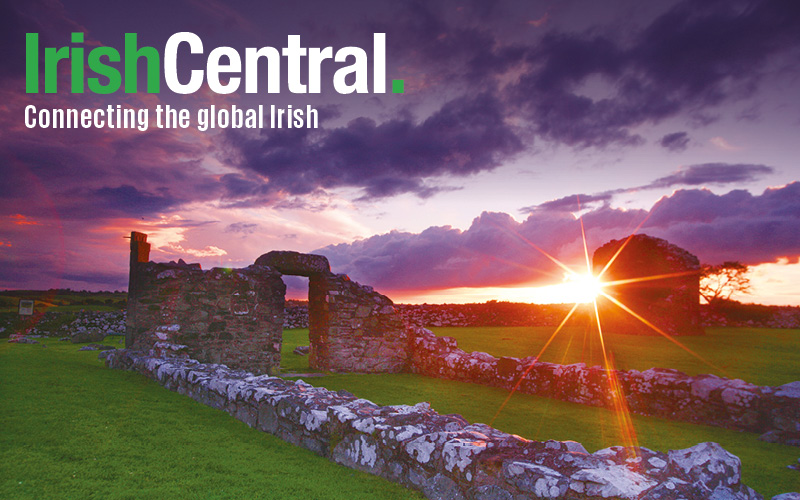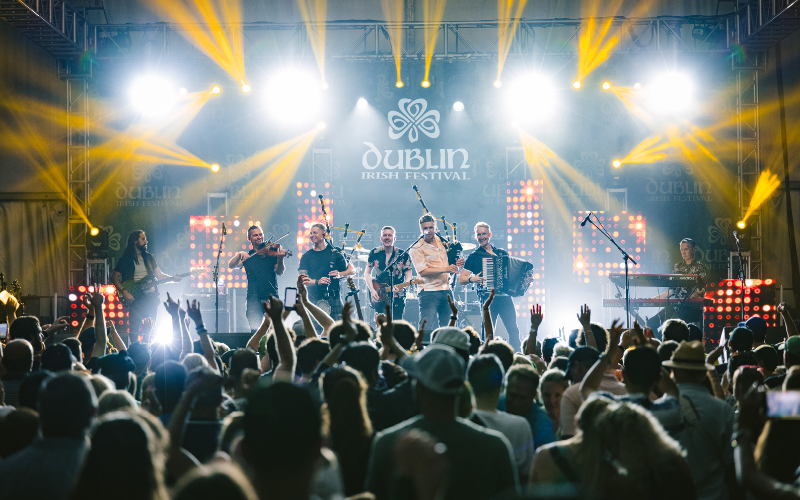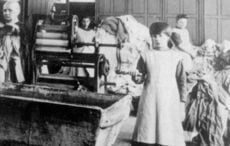The Auld Lammas Fair has taken place annually in Ballycastle, Co. Antrim since the seventeenth century. Celebrated on the last Monday and Tuesday in August, the fair marks the end of summer and beginning of the harvest. The origins of the fair are embroiled in the myths and legends of Ireland, although such festivals can be found in many cultures throughout the world.
The Lammas Fair traditionally attracts thousands of people from around the world, and features more than 400 stalls of craft, bric-a-brac and farm produce. Local specialities include 'Yellow Man,' a sweet honeycomb candy, and a red seaweed known as 'dulse.' Street entertainment, including face-painting and pony rides, lends a carnival atmosphere, while traditional music sessions in the pubs cater to a different clientele.
The original name was Lammas Fair after Lughnasa, the god of the harvest festival, and the Irish name for August.
According to the myth, Lugh was the sun god who had a mortal foster mother called Tailtiu, and she was a member of the Fir Bolg, one of the first tribes in Ireland.
The Fir Bolg were conquered by the De Dannan tribe and they worked poor Tailtiu to death.
When she died, Lugh ordered an annual celebration to honor her memory.
The festival was held for centuries.
When the church arrived, Lugh became Lammas, which means loaf for mass, and that is still observed by placing loaves on the harvest church altar. Tens of thousands now attend the fair and this week was no exception.
“The Auld Lammas fair did not disappoint with crowds flocking in from all over,” said tourism official Caroline Carey. There is a famous ballad associated with the fair. The first verse runs:
“At the Auld Lammas Fair in Balllycastle-o,
I met a pretty colleen who set my heart a glow,
She was smiling at her daddy buying lambs from Paddy Roe,
At the Auld Lammas Fair in Ballycastle-o.
Sure I saw her home that night,
When the moon was shining bright,
From the Auld Lammas Fair."




Comments